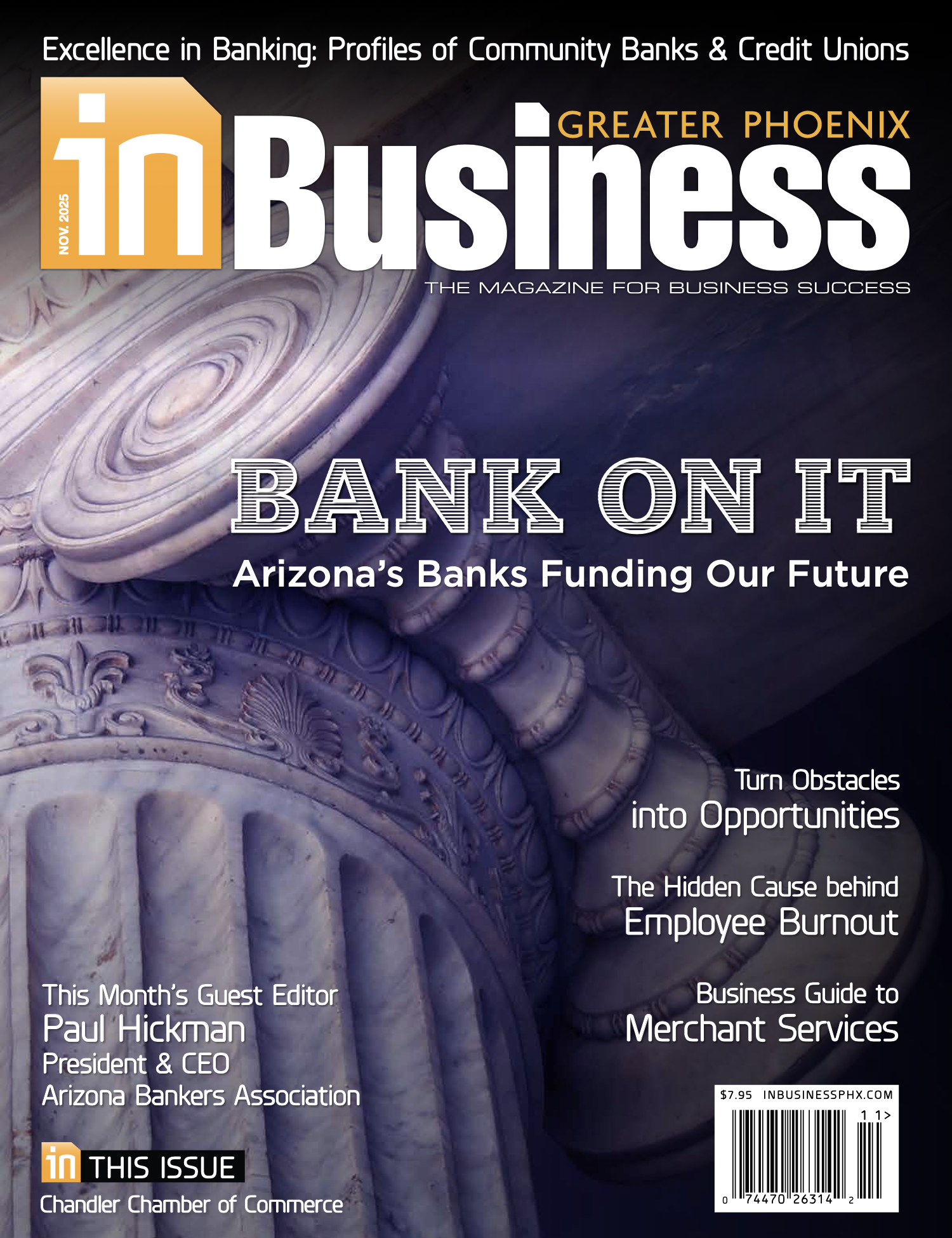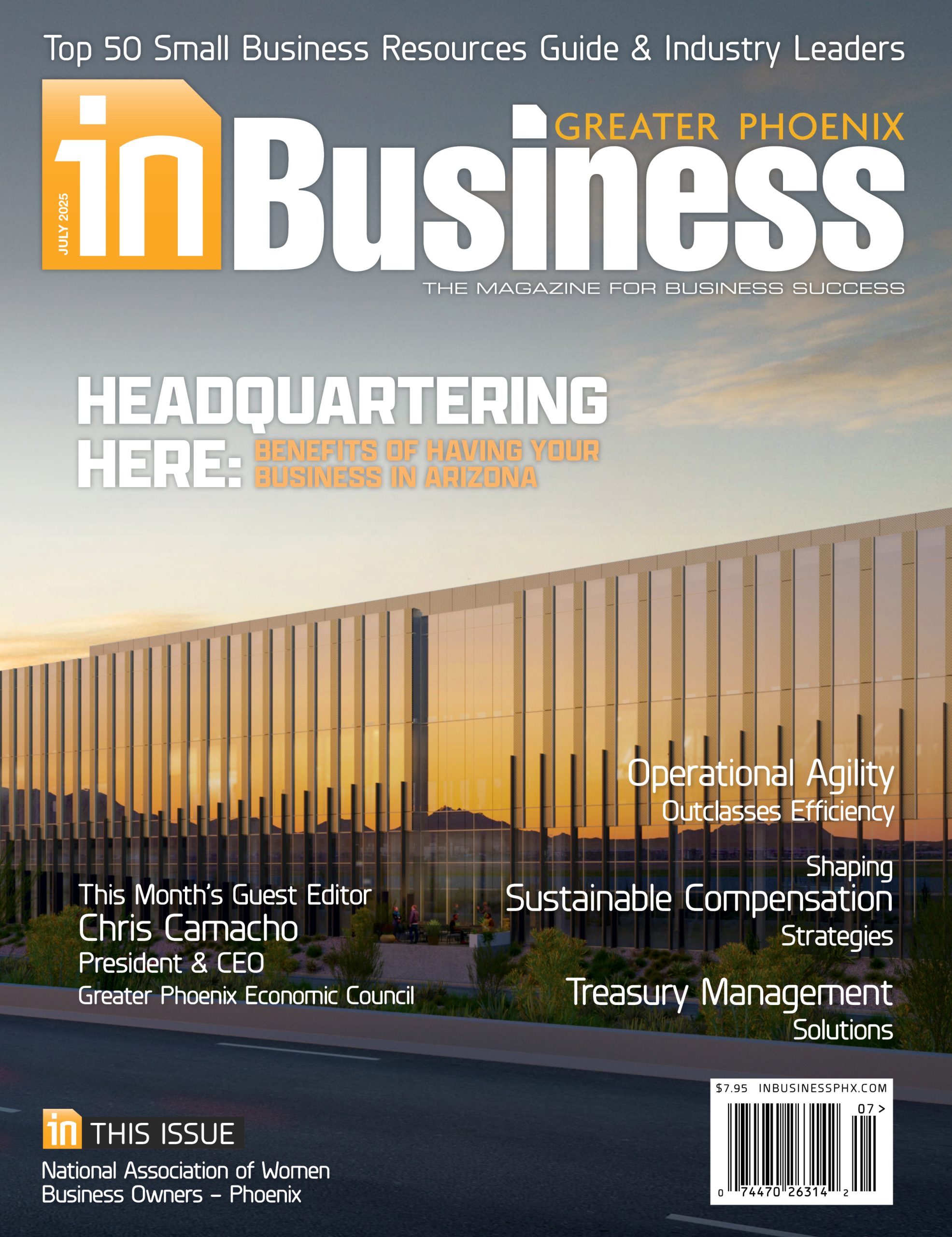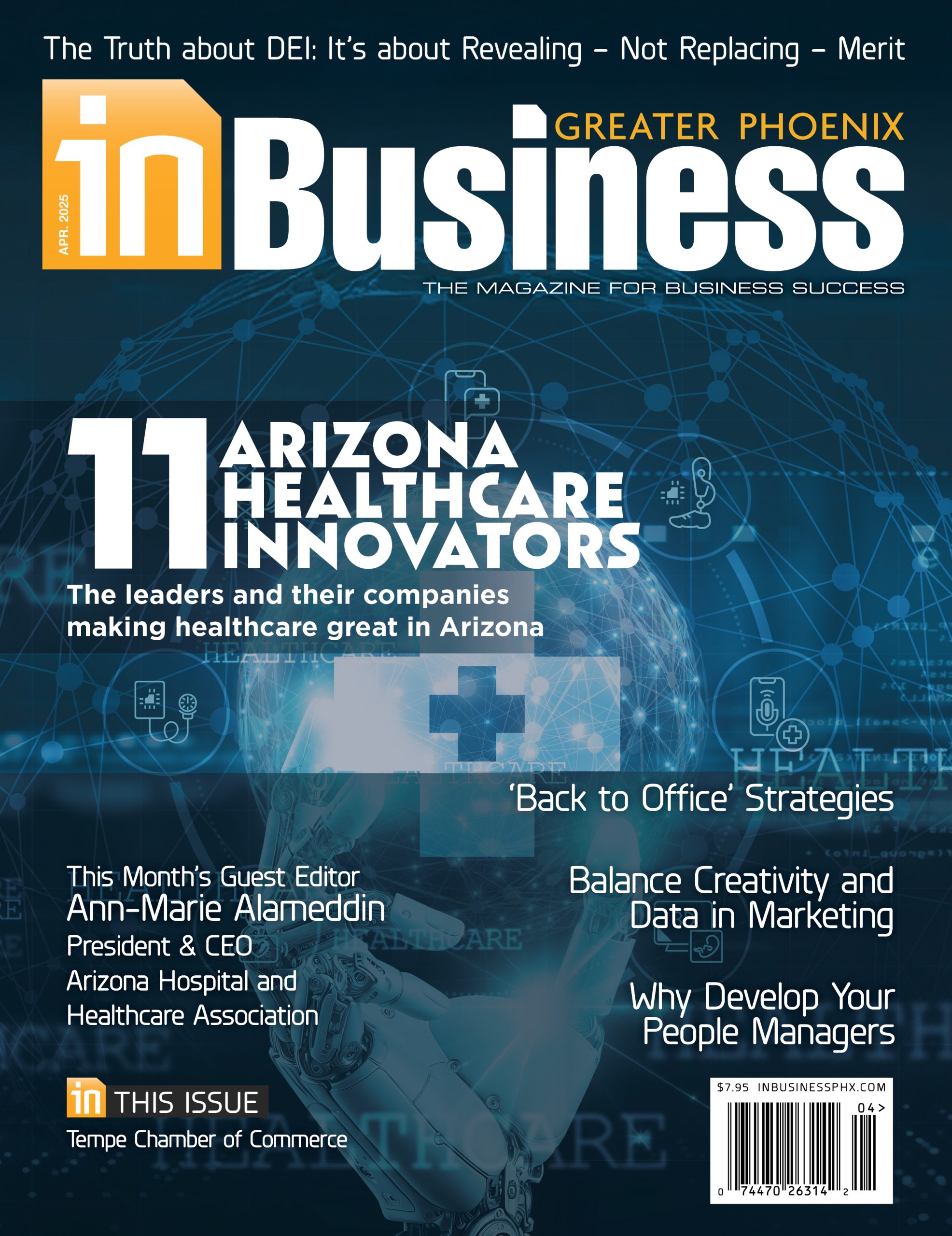 A strong workforce thrives on communication. When employees feel heard and valued, they’re more engaged, productive and invested in their work. However, according to Gallup, only 33% of the American workforce feels actively engaged at work, while 16% are actively disengaged. This gap highlights the need for stronger communication and feedback systems that encourage and nurture employee connection and motivation.
A strong workforce thrives on communication. When employees feel heard and valued, they’re more engaged, productive and invested in their work. However, according to Gallup, only 33% of the American workforce feels actively engaged at work, while 16% are actively disengaged. This gap highlights the need for stronger communication and feedback systems that encourage and nurture employee connection and motivation.
This is where a feedback loop comes in.
When businesses create an environment where employees know their voices matter, a feedback loop becomes a powerful tool for innovation and growth. With teams working in-office, remotely or in a hybrid model, this loop can ensure communication remains strong no matter where employees are.
Creating a Culture Where Feedback Flows Freely
With 41% of employees leaving jobs simply because they didn’t feel listened to, it’s evident that employees need to feel safe and heard when sharing their thoughts. Many organizations claim to encourage input, yet employees hesitate to speak up, unsure if their input will lead to real change. This hesitation often comes from past experiences — perhaps their input was ignored, dismissed or led to unintended consequences.
Good leaders play a crucial role in breaking down these barriers. When managers actively seek out opinions and suggestions, act on them and communicate how they’re being used, they send a clear message: Employee input is valued. Holding town halls, setting up open Q&A sessions and encouraging managers to ask employees for their thoughts in one-on-one meetings all help reinforce this.
Another essential element is making feedback a regular, natural part of work. If it only happens during performance reviews, it feels forced. Instead, companies should normalize quick check-ins, project debriefs and casual conversations about what’s working and what’s not. When this kind of communication is routine, it becomes about improving team collaboration rather than fixing problems.
Transparency is also essential. Employees should know how feedback is collected, how decisions are made and what happens next. It’s important for them to see that their opinions, suggestions and comments lead to action; otherwise, they’ll stop giving it. Without this clarity, even the best-intentioned system can feel like a black hole where ideas disappear.
Feedback and Career Growth Go Hand in Hand
Feedback should drive employee growth by providing clear, actionable guidance that supports skill development and career advancement. People need more than vague comments about “doing a good job” or “needing improvement.” They need specific, actionable advice that helps them build skills and advance their careers.
Leaders should use feedback as a coaching tool, guiding employees toward their goals. When employees express interest in skill development, businesses should offer opportunities like mentorship, training programs or knowledge-sharing sessions to help them grow.
Recognition is just as important as constructive criticism. Employees should hear what they’re doing well — not just what they need to improve. Public acknowledgment, whether through peer recognition programs or leadership shoutouts, helps reinforce positive behaviors and keeps motivation high.
Building Feedback Systems That Fit Different Work Models
Every work model has its own communication challenges. A feedback system that works well in an office might fall apart when teams are remote. Here’s how businesses can tailor their approach.
Remote Employees: When working remotely, employees often struggle with feeling disconnected. Without casual office conversations, it’s easy for concerns to go unheard. That’s why businesses need structured check-ins to make sure remote team members have a voice.
Regular virtual meetings on Zoom or Microsoft Teams create opportunities for open discussions. Slack channels help employees share thoughts in real-time, while tools like Trello and Google Docs keep feedback organized and visible to the team.
Employees who might hesitate to speak up in remote meetings often feel more comfortable sharing their thoughts anonymously. To help facilitate this, you can use Google Forms or Officevibe for anonymous surveys that encourage more honest, unfiltered contributions.
And don’t forget one-on-ones. These are critical for remote employees, giving them a dedicated space to discuss their concerns and career growth. A structured approach ensures these meetings don’t slip through the cracks.
Hybrid Employees: This mixed working style can be challenging, so it’s important to have clear hybrid policies covering every facet, including communication and feedback loops. Miscommunication is almost inevitable if some employees are in the office and others are remote. Ensuring consistency across channels helps hybrid employees stay engaged and connected.
Frequent pulse surveys help track engagement and identify trends. Setting aside dedicated “feedback days” encourages employees to reflect on their work environment and share their thoughts.
Shared documentation tools like Google Docs ensure that important discussions and decisions are recorded in a place that both in-office and remote employees can access. Keeping everything documented prevents information from getting lost in informal office conversations.
In-Office Employees: Employees who work together in an office have the advantage of direct, face-to-face communication, but that doesn’t mean structured feedback isn’t necessary. Not everyone feels comfortable speaking up in an open forum, so companies need multiple ways for employees to share their thoughts.
Some employees may prefer informal discussions, while others might benefit from a structured process like monthly team meetings or feedback forms. Offering a mix of channels allows employees to choose the approach that best suits their comfort level and work style.
Regular one-on-one meetings also help leaders address individual concerns, ensuring that quieter employees have a space to share their perspectives.
Refining Feedback over Time
A feedback system should evolve with the company. Just as employees adapt to new challenges, businesses must refine their approach to collecting and acting on feedback.
Tracking participation in surveys, one-on-ones and meetings can highlight whether employees find the system useful. If engagement drops, it’s a sign that adjustments may be needed — perhaps the process is too complicated, or employees don’t trust that their contributions will lead to action.
Regularly reviewing trends in employee feedback allows businesses to spot patterns and proactively address concerns before they become major issues. Keeping the process dynamic ensures it remains relevant, actionable and effective.
Making the Feedback Loop Work
A thriving workforce is built on continuous, open communication from all sides and stakeholders. Companies that make feedback a core part of their culture create workplaces where trust grows, ideas flourish and employees and businesses succeed.
 Nina Sharpe has a knack for making numbers make sense — and an even bigger talent for turning financial know-how into engaging stories. As a freelance writer, she dives into business and finance topics, bringing a fresh, approachable spin to the world of startups, small businesses and independent professionals.
Nina Sharpe has a knack for making numbers make sense — and an even bigger talent for turning financial know-how into engaging stories. As a freelance writer, she dives into business and finance topics, bringing a fresh, approachable spin to the world of startups, small businesses and independent professionals.













